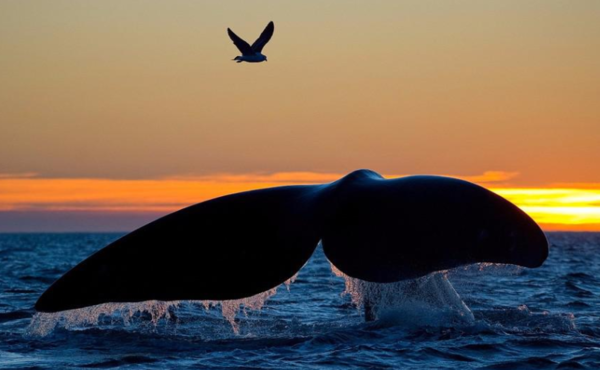Introduction to Seagulls
The seagull, a majestic bird known for its striking appearance and graceful flight, has long captivated the hearts of people around the world. With its sleek, white plumage and pointed wings, the seagull is a symbol of freedom and resilience. Whether you find them soaring high above the ocean waves or scavenging for food on the beach, these birds are a common sight in coastal areas. In this article, we will delve into the fascinating world of seagulls, highlighting their unique characteristics, behaviors, and the importance they hold in our lives. Join us as we explore the wonders of these feathered companions and why they are so cherished by many.
Physical Characteristics
Seagulls belong to the family Laridae, which includes around 60 different species. They are known for their distinct appearance, with most species having a white body, dark wings, and a long, pointed bill. Their plumage can vary depending on the species, with some having a gray or brown coloration. Seagulls have a strong, lightweight body that allows them to glide effortlessly through the air. Their wings are large and pointed, which enables them to soar on air currents and cover long distances with ease. One of the most notable features of seagulls is their ability to adjust the shape of their wings during flight. This unique adaptation allows them to change their flight patterns and altitudes, making them highly adaptable to different weather conditions. Additionally, seagulls have excellent eyesight, which is crucial for spotting food from a distance and avoiding predators.
Behavior and Diet
Seagulls are highly intelligent birds, known for their opportunistic nature and adaptability. They are often seen as scavengers, but this is not entirely accurate. While they do scavenge for food, seagulls are also skilled hunters and fishers. Their diet varies depending on the species and the availability of food, but it typically includes fish, crustaceans, insects, and even garbage. Seagulls have a variety of feeding techniques. Some species dive into the water to catch fish, while others may use their bills to probe for food in the sand or mud. They are also known for their impressive ability to steal food from other birds, including crows and other seagulls. This behavior, known as kleptoparasitism, is a way for them to increase their chances of finding food. In terms of social behavior, seagulls are generally solitary birds, but they may form loose flocks when foraging or during migration. They communicate with a variety of vocalizations, including squawks, honks, and cries, which can be quite loud and distinctive.
Migration and Habitat
Seagulls are distributed worldwide, with some species being found in coastal areas and others in inland lakes and rivers. Many species are migratory, traveling long distances to find food and nesting sites. The migration patterns of seagulls can be quite complex, with some species traveling thousands of miles between their breeding and wintering grounds. During migration, seagulls rely on a combination of air currents, the sun, and the Earth's magnetic field to navigate. Their remarkable navigational abilities have been the subject of much scientific research and admiration. Seagulls prefer habitats near water, as this provides them with abundant food sources and nesting sites. They can be found in a variety of coastal environments, including beaches, cliffs, and even urban areas. Some species have even adapted to living in cities, where they can be seen scavenging for food in parks and along streets.
The Importance of Seagulls
Seagulls play a vital role in the ecosystems they inhabit. As predators, they help control populations of smaller fish and invertebrates, which can have a cascading effect on the entire food chain. Their feeding habits also contribute to the recycling of nutrients within their environments. In addition to their ecological importance, seagulls have cultural significance in many societies. They are often seen as symbols of freedom and independence, and their presence is often associated with the beauty and tranquility of coastal regions. Seagulls have also inspired countless works of art, literature, and film, further solidifying their place in human culture.
Conservation Efforts
Despite their widespread distribution, some seagull populations are facing threats due to human activities. Pollution, habitat loss, and the introduction of non-native species can all impact these birds. Conservation efforts are vital to ensure the survival of seagull species for future generations. Organizations around the world are working to protect seagulls by implementing various strategies. This includes creating protected areas, monitoring population trends, and educating the public about the importance of these birds. By raising awareness and taking action, we can help preserve the unique beauty and ecological value of seagulls.
转载请注明来自醉美玉溪,本文标题:《海鸥英文宣传:海鸥英文翻译 》








 蜀ICP备2022005971号-1
蜀ICP备2022005971号-1
还没有评论,来说两句吧...